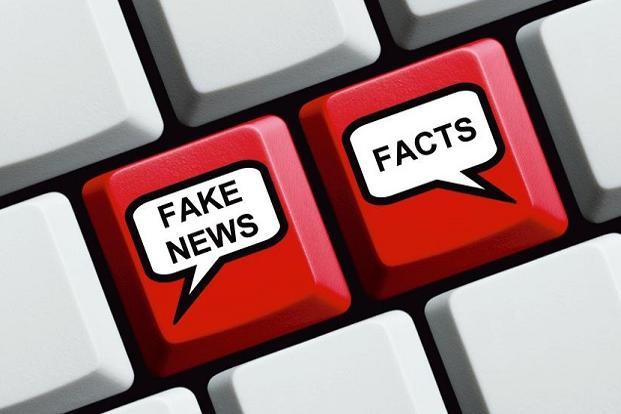Fake news is not a new phenomenon but social media platforms have made it much easier to spread rumours and lies.
During the demonetization move in November 2016, a WhatsApp forward convinced people, and even news channels, that the new Rs2,000 note came embedded with GPS trackers. The story turned out to be false.
According to a report in March by the Internet and Mobile Association of India (IAMAI), the number of internet users in India was expected to cross 450 million by June—241 million have Facebook accounts and over 200 million are on WhatsApp.
Be aware of fake news
Many of these users have been mobile-first users of the internet, so they are not aware of the fake email forwards and online frauds of the desktop era. They tend to think the messages they get are genuine.

It doesn’t help that most fake news operators do not write stories that sound obviously false. They work with half-truths, turning them into believable news. “They fudge the numbers, Photoshop images, take a photo from an old source or from another country and try and sell it as statistics or a photo of something that it is not,” says Sandeep K. Shukla, head of department, computer science and engineering, at the Indian Institute of Technology, Kanpur, and project investigator at the institute’s Center for Cybersecurity and Cyber Defence of Critical Infrastructure, a centre for research on cybersecurity.
“On Facebook and WhatsApp, people share news that looks scary, spicy or confirms their bias without even reading it.”
Professor Sandeep K Shukla
The tools for building fake stories are getting more sophisticated. A research paper by professors at Stanford University and the University of Erlangen-Nuremberg, published in 2016, demonstrated how a new video-making tool can now recreate an old news clip of a politician by changing both the expression and content. Audio advancements mean you only need 20 minutes of a voice recording to replicate it.
To counter this menace, multiple fact-checking organizations have come up, all of them trying to get to the source through filtering tools, automation and collaboration. Internet giants like Facebook and Google have tied up with fact-checking organizations to check the news they show on their feeds. In September, Facebook ran advertisements in newspapers in India, Kenya and Britain, detailing tips on spotting fake news. “The future looks positive with auto-checking of suspect stories, data mining and probabilistic reasoning,” says Shukla.
Continue reading “Ways to spot fake news”
